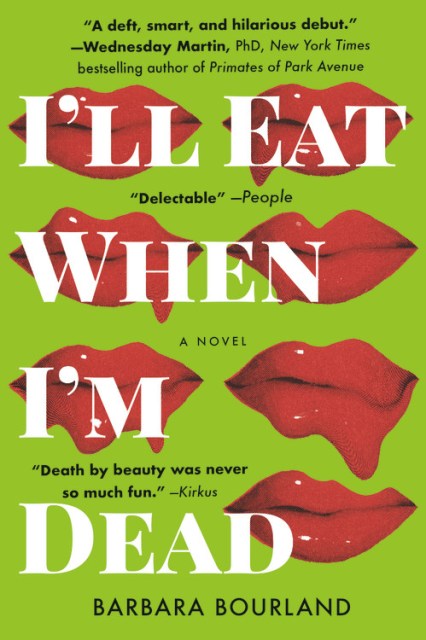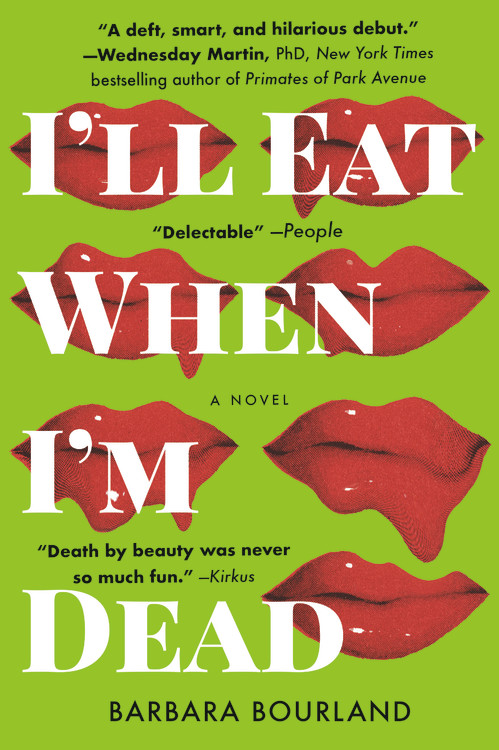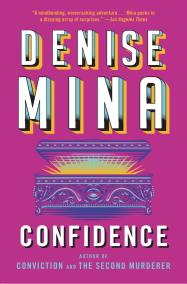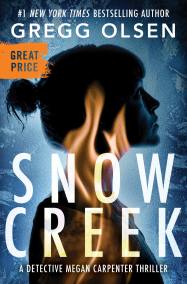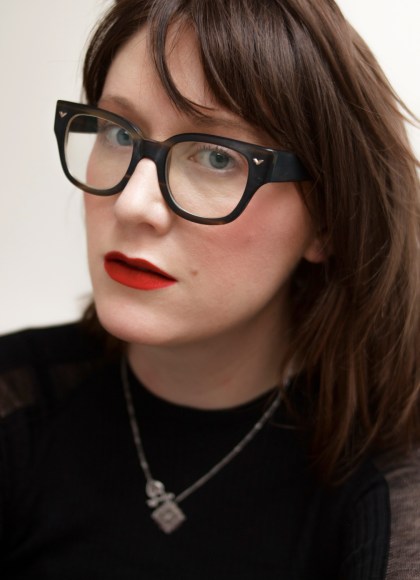Promotion
Sign up for our newsletters save 20% off your next purchase. Shop now.
I'll Eat When I'm Dead
Contributors
Formats and Prices
Price
$15.99Price
$20.99 CADFormat
Format:
- Trade Paperback $15.99 $20.99 CAD
- ebook $9.99 $12.99 CAD
- Hardcover $39.00 $49.00 CAD
- Audiobook Download (Unabridged)
This item is a preorder. Your payment method will be charged immediately, and the product is expected to ship on or around July 17, 2018. This date is subject to change due to shipping delays beyond our control.
Also available from:
When stylish Hillary Whitney dies alone in a locked, windowless conference room at the offices of RAGE Fashion Book, her death is initially ruled an unfortunate side effect of the unrelenting pressure to be thin. But Hillary’s best friend and fellow RAGE editor Catherine Ono knows her friend’s dieting wasn’t a capital P problem. If beauty could kill, it’d take more than that.
When two months later, a cryptic note in Hillary’s handwriting ends up in the office of the NYPD and the case is reopened, Det. Mark Hutton is led straight into the glamorous world of RAGE and into the life of hot-headed and fiercely fabulous Cat, who insists on joining the investigation. Surrounded by a supporting cast of party girls, Type A narcissists and half- dead socialites, Cat and her colleague Bess Bonner are determined to solve the case and achieve sartorial perfection. But their amateur detective work has disastrous results, and the two ingenues are caught in a web of drugs, sex, lies and moisturizer that changes their lives forever.
Viciously funny, this sharp and satirical take on the politics of women’s bodies and women’s work is an addictive debut novel that dazzles with style and savoire faire.
- On Sale
- Jul 17, 2018
- Page Count
- 336 pages
- Publisher
- Grand Central Publishing
- ISBN-13
- 9781455595204
By clicking 'Sign Up,' I acknowledge that I have read and agree to Hachette Book Group’s Privacy Policy and Terms of Use
